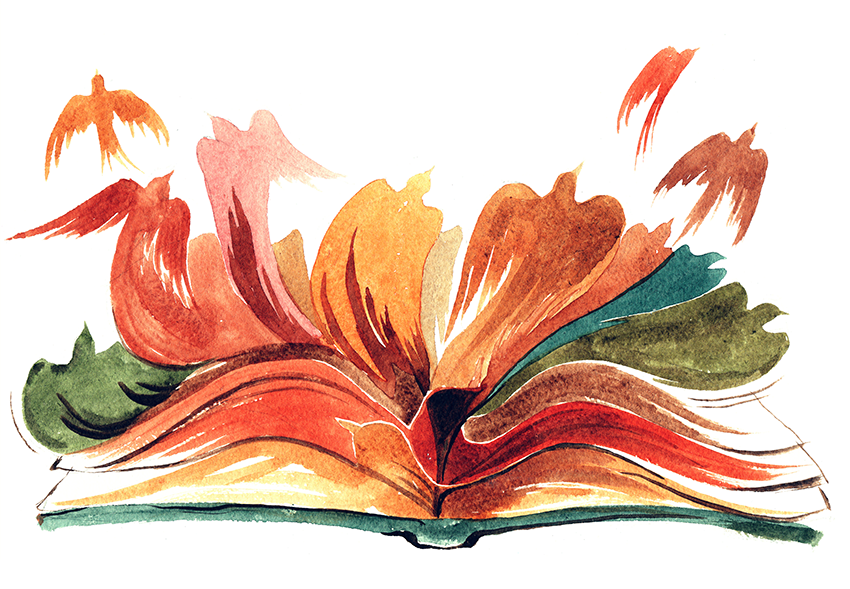
You may have a drawer, file or folder on your computer full of poems, but are they enough for a poetry collection? And what’s the best way to present them to potential publishers?
I was asked in a workshop recently, ‘Do publishers prefer themed poetry collections?’ My initial response was, ‘No’. A poetry collection does not need to have a theme – and surely that would become too repetitive over 40 or 70 poems? Then I remembered that many recent prizewinning collections have had quite powerful themes that, despite their complexity, could be described on the back of a coaster.
An elevator pitch is not as important for a poetry collection as it is for a crime thriller, but it helps – particularly when it comes to writing a back-cover blurb or a press release for the book. If you were to describe what your collection is about, what would you say?
Some recent examples of great collections could be summarised simply, such as Hannah Lowe’s The Kids: ‘A teacher helps a challenging class re-sit their exams’; or Jay Bernard’s Surge: ‘The Grenfell Tower disaster prompts memories of and comparisons with the 1981 New Cross fire’.
Though tightly themed, these collections both contain outlier poems that illuminate something about the poet’s perspective and may not relate directly to the headline theme. Jay Bernard considers language, bodies and memories of a childhood holiday, while Hannah Lowe’s collection closes with a coda on parenthood, dating and the end of a relationship.
A poetry collection needs to have a sense of cohesion, with individual poems that are all equally strong. Having a central theme is an obvious way of achieving this cohesion, but it’s not the only one. A collection can touch on multiple subjects but use the same form throughout, such as Michael Symmons Roberts' Drysalter, in which each poem has the same number of lines; or Terrance Hayes’ American Sonnets for my Past and Future Assassin, where the 70 sonnets also share the same title. Valentine Carter’s new verse novel These Great Athenians changes its poems’ meanings from page to page by altering a few words in each one, creating a pattern of reflections and echoes.
While there is a lot of fun to be had in arranging your poems and seeing how they fit into pairs and groups, take care not to let that obscure the big picture.
But what big picture?
If you’ve been sitting with your poems for a while and find it impossible to visualise them as a collection, perhaps you can turn them into something else. Might you have written a verse novel or a play-in-verse, a one-person show, a five-or-ten-track performance EP, or a pamphlet?
If you have fewer than 30 poems with a strong theme, a pamphlet might be your best bet. Pamphlets are no longer viewed as something poets only publish before embarking on a full collection – though they still function powerfully in that way. Poet Andrew McMillan refers to them as a calling card, rather like the shorter record a band might release between longer albums. And they’re definitely gaining in status and popularity.
Pamphlets are a good place to be experimental, daring and specific. You can publish them yourself, with any visual style that works for you, or via a professional publisher.
Strongly themed pamphlets can be a great way of applying laser focus to a topic, whether it’s knitting or songbirds or climate change. You could submit a pamphlet to the Michael Marks Prize, to publishers such as Broken Sleep Books and Red Squirrel Press, and to the Mslexia Women’s Pamphlet Competition 2022, in partnership with Bloodaxe Press – which is open for submissions right now and judged this year by Imtiaz Dharker.
If you have amassed hundreds of poems, it’s worth asking friends or beta readers to help you identify the strongest. What if you have between 40 and 70 poems, which is enough for a collection, but there is no overarching theme or narrative? Don’t worry. If a poet has a strong voice and a clear sense of who they are, then that identity – as expressed through the work – can be theme enough. In this case, it helps if there is a narrative of some kind; but if not, you can identify themes and patterns by grouping poems in separate named sections in the book.
When I was writing The Poetry Writers’ Handbook, Nine Arches Press publisher and poet Jane Commane spoke to me about the ‘ripple effect’ approach to structuring a collection.
The ‘ripple effect’ for her is where a theme flows and eddies throughout the collection, as in Cynthia Miller’s Honorifics, which is structured around a series of poems about jellyfish that comes near the start, with themes related to the jellyfish – migration, self-sufficiency, and a sense of being out of place – permeating the rest of the book.
Whatever approach you take, keep sight of potential themes you might tease out of the work, and don’t stop asking yourself what you think your collection might be about. Above all, have fun, try not to rush, and keep an open mind. Whether it’s 20 or 60 poems, once you know you have written a collection worthy of you, and are holding it in your hands, that’s a wonderful feeling.
Sophia Blackwell is a novelist and performance poet with three published collections. Her poetry has been anthologised by Bloodaxe, Nine Arches and the Emma Press, among others, and she has hosted and produced the LGBT+ radio show Out in South London on Resonance FM for two years. Her new book, The Poetry Writers’ Handbook, in the Writers’ and Artists’ Yearbook series, is out now from Bloomsbury.

